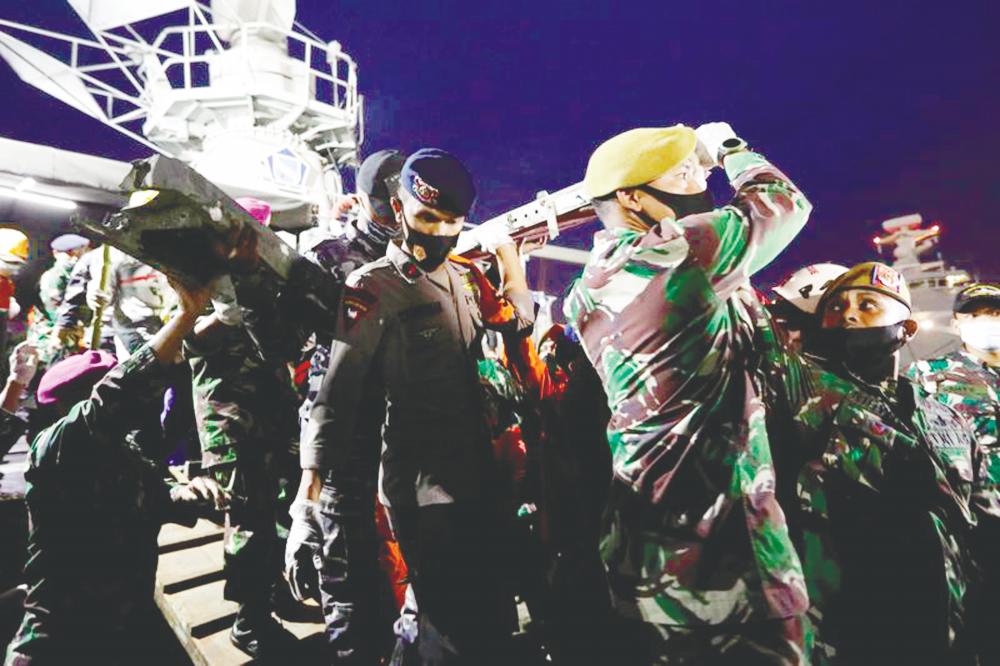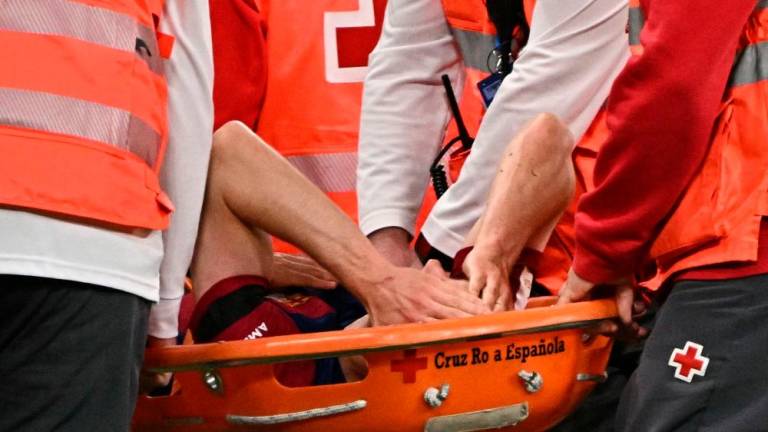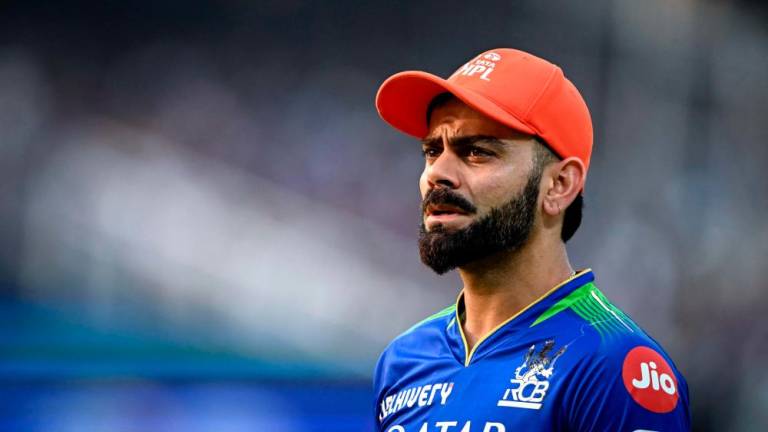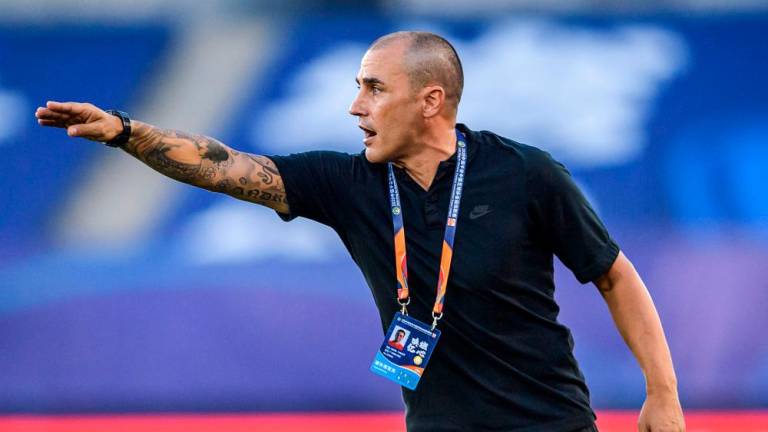By CAPT MOHD KAMIL ABU BAKAR
THE recent crash of Indonesia’s Sriwijaya Air Boeing 737-500 a few minutes after departure from Jakarta bound for Pontianak, yet again puts the spotlight on flight safety.
While the accident by convention will be investigated by Indonesian authorities, we shall not speculate into the cause.
In basic terms, aircraft accidents can be due to four major factors:
-> The aircraft – engine fire, system failure etc;
-> The medium – weather, the terrain etc;
-> The procedures and regulations; and,
-> Human – pilots, engineers, management.
There is no single causal factor in an aircraft accident, nor is it proper to conclude that it’s due to pilot error.
It must however, be stressed that there are two aspects of aircraft operations that currently need to be given serious attention – the aircraft and pilots.
It has been almost a year now since the Covid-19 pandemic wreaked havoc in Malaysia.
The pandemic has affected the aviation industry badly grounding most aircraft, with pilots of course, rarely flying or not flying at all.
Only freighters and a few domestic flights are filling the skies now.
Aircraft are like machines and motor vehicles that need to be continuously in use to maintain efficient performance, except that they are much more sophisticated and have to remain aloft otherwise they are more than likely to crash.
Being parked for a long time, with engines not running, hydraulics not powered, flight controls not used, brakes not tested for functionality and flight instruments with no indicators among other things, pose a great challenge for engineers to ensure that aircraft are airworthy.
Though during the time the aircraft are grounded, with the pitot probes fully covered, insects such as bugs and ants might still find their way into the inlets and would eventually disturb airflow, consequently affecting flight instruments.
The unreliable indicators from flight instruments would not be detected until the aircraft is in motion and in the air.
This is where the pilots must be mindful of the possibility, be alert and take appropriate action, if need be.
Pilots are creatures of habit; performing and complying with SOPs comes with practice. And they are habitually and continuously carrying them out day in, day out.
Being laid off for a long time, especially during this pandemic, would cause their actions to be out of sync and reactions to be tardy.
That is to be expected and this is where pilots have to be more attentive and cautious with their actions when carry out the procedures.
Regulations dictate that pilots must undergo recurrent training to revalidate their licence after being grounded for more than six months.
Under the present situation, the training syllabus must include, besides the “engine failure after take-off”, items like flying with unreliable airspeed indication and the related procedure on RVSM (Reduced Vertical Separation Minima) for the discrepancy in altimeter readings.
It could take quite a while before the aviation industry gets back to normal.
However, during this “recovery” period, the airline management, pilots and engineers, and of course the aviation authority must play their part in instilling confidence back to the travelling public.
Having said that, I’m certain these parties will not make any compromise on flight safety.
Nevertheless, to the travelling public at large, until the pilots get back their “feel” and “height judgement” flare for landing back don’t expect “greasers” for landings. Possibly some hard thumps instead.
Time to fly again. It’s safer than travelling by bus.
Capt Mohd Kamil is a former Malaysia Airlines director of flight operations and aircraft accident investigator. Comments: letters@thesundaily.com













